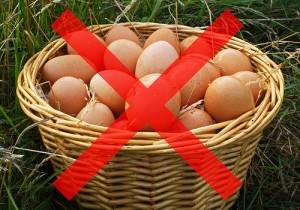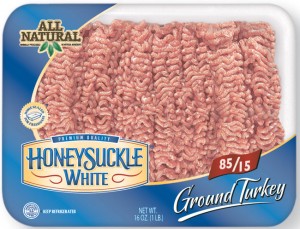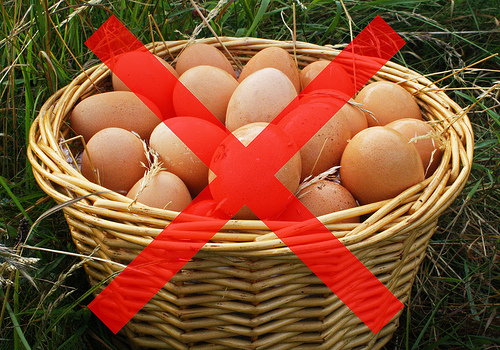The first Federal Food, Drug and Cosmetic Act – the goal of which was to protect the public by preventing “deleterious, adulterated, or misbranded articles from entering interstate commerce” – was passed way back in 1938. The Act also describes a food product as “adulterated” if the food was”prepared, packed, or held under unsanitary conditions where it may have become contaminated with filth or in some other way rendered injurious to health.
Food is also considered adulterated if it contains any poisonous or deleterious substance that may make it injurious to health. Similar laws deal with the meat side of the equation over at USDA/FSIS.
It is illegal to “adulterate” food products. The Act set up civil and criminal liability for those who do.
So what happened? Why aren’t we seeing the courts and prisons filling up with the guilty parties in the recent outbreaks of food borne illnesses?
 The sheer mind-boggling size of the recalls involved in the last few years reflect the vast reach and interconnections of the industrial food system. The bagged spinach, cartons of eggs, and ground beef and turkey were each processed and distributed from a single – or at most – two plants.
The sheer mind-boggling size of the recalls involved in the last few years reflect the vast reach and interconnections of the industrial food system. The bagged spinach, cartons of eggs, and ground beef and turkey were each processed and distributed from a single – or at most – two plants.
These products were sent across the country to be sold to consumers who expect their food to be safe. It wasn’t. Yet, none of the executives from any of these companies was held responsible, and some could be considered repeat offenders.
What we are seeing is a systemic problem; a lack of prosecution by the government agencies charged with our food safety. Agencies that are lobbied with millions of dollars from Big Ag and Big Food, and even lead by executives from those same industries.

We are long overdue for a good housecleaning!
Bill Marler, Marler Clark, tenacious (and outspoken) food safety attorney, says that for some of the serious outbreaks over the last few years, “I would have sought fines and jail time for the executives responsible for food safety.”
Here is just a short list of outbreaks and recalls, the companies responsible, and the “adulterant” involved. Read Marler’s Publisher’s Platform at Food Safety News for all the details.
2003
Chi-Chi’s Restaurant; over 650 cases of hepatitis A; 9,000 treated to prevent infection; traced to green onions from Mexico.
2005
Dole Food Company; 30 cases of E. coli O157:H7 from contaminated lettuce.
2006
Dole Food Company; 205 cases of E. coli O157:H57 from contaminated bagged baby spinach.
Nebraska Beef; 17 cases of E. coli O157:H57 from contaminated ground beef
2007
Castleberry Food Company; 8 cases of Botulism; recalled 91 types of canned sauces and other food products, including pet food.
Cargill Meat Solutions Corporation recalled approximately 845,000 pounds of frozen ground beef patties for possible E. coli O157:H7 contamination.
Con Agra; at least 152 confirmed cases of Salmonella from pot pies; no recall initiated.
2008
Alexandre EcoDairy Farm; 16 people sickened and one left paralyzed from Campylobacter in raw milk.
Nebraska Beef; 49 confirmed E. coli O157:H7 cases linked to ground beef; recalled 5.3 million pounds of meat.
Nebraska Beef (second outbreak); 30 reported cases of E. coli linked to processed beef; recalled 1.36 million pounds more.
2009
Peanut Corporation of America; at least 714 people confirmed ill with Salmonella Typhimurium infection; recalled over 3,600 products made with peanut butter and peanut paste. A Congressional hearing revealed that the owner of PCA was aware that peanut product was testing positive for Salmonella before shipment.
2010
Wright County Egg and Hillandale, Iowa egg producers; over 2,000 cases of Salmonella Enteritidis tied to contaminated eggs; recalled more than 550 million eggs nationwide.
2011
Cargill; 107 sickened with Salmonella; 36 million pounds of ground turkey recalled.
These are just some of the more recent cases, read the details at Food Safety News.
Photo credit: eggs – Mrs Logic, used with permission under Creative Commons license.

